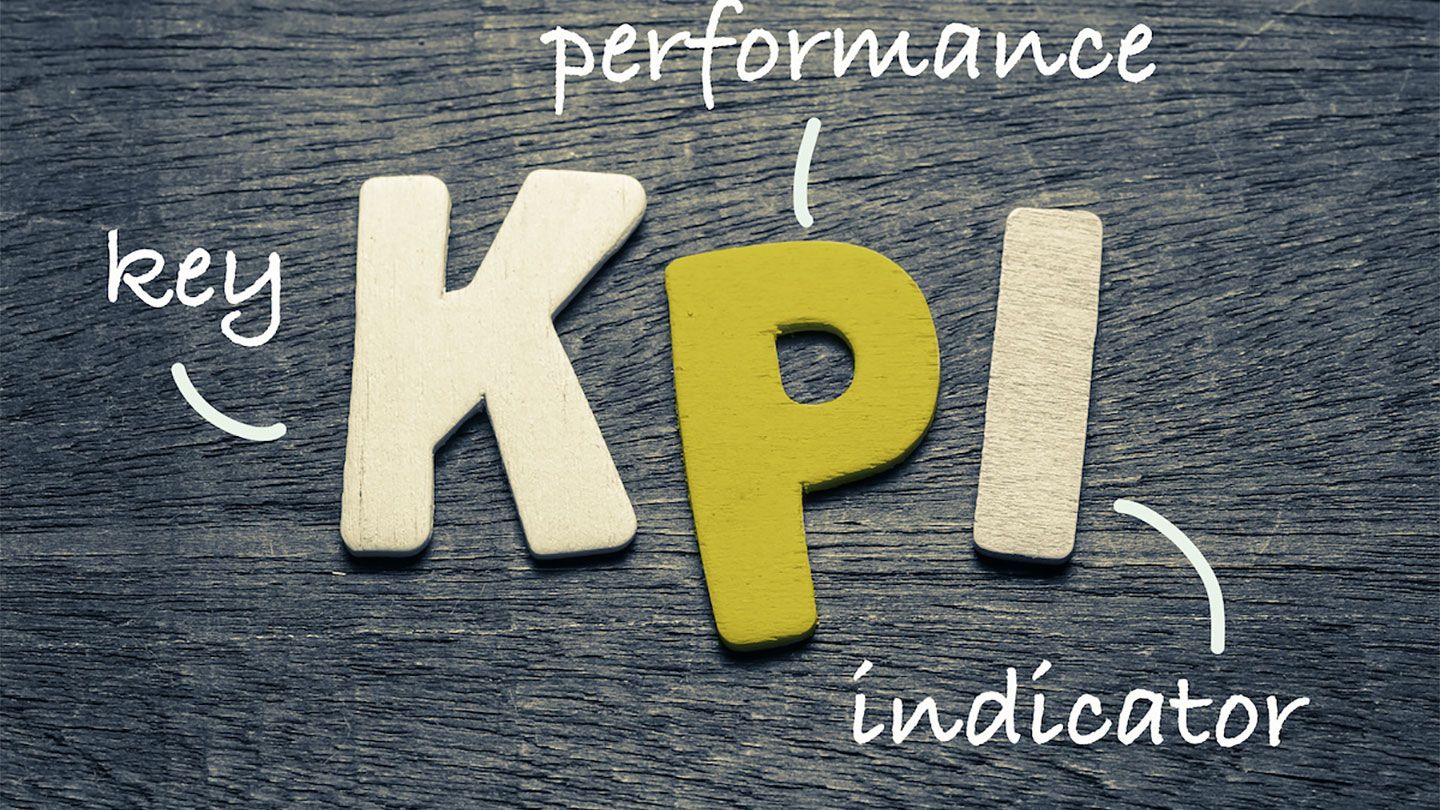FCF.is | Free Cash Flow Is
Business leaders are often seeking ways to find a higher tier of growth and motivate the team to achieve more than they thought possible. We discuss performance with other words, such as targets and objectives. How does one measure this performance? One may be confident that the team works very hard and has the relevant data to back it up. However, questions like, is everyone working on the right things? And, does the hard work result in the outcomes that the organization aims to achieve? A Key Performance Indicator or KPI helps you define a measurable outcome to drive answers to these questions. It is a type of measure that evaluates and assesses an organization’s performance and then checks against its objectives.
KPI
KPIs can answer not only these questions but also do much more. It works by quantifying the individual and organizational goals and then evaluating the performance. KPIs are an excellent management tool to track the operational performance of businesses, projects, departments, or individuals. They help in decision making and give a deep insight into the whole process.
There are no set KPIs that can work for everyone. They differ from organization to organization and depend on the priorities of a particular company. The KPIs of a large public company may include its stock trading price, while a small start-up may have new customers’ addition as a KPI. Every individual or department or company will follow different sets of KPIs depending on their strategies and management philosophies.
Why Use KPIs?
Key Steps in the KPI Process
- Identify: recognize relevant KPIs to track
- Create: make a dashboard or any other display to measure and show the results
- Evaluate: assess how well the target is being achieved based on KPIs
- Change: make the changes in strategies as required to improve performance
- Assess: check if the KPIs still align with the goals and make adjustments
KPIs give an assessment of performance, which takes into account the past and current data. However, they can also help in guiding and planning for future outcomes. They give timely warnings about future problems as well as maximizing future opportunities.
How Do KPIs Work?
KPIs act as links between an organizational vision and individual action. Ideally, it should move from level to level in a smooth way to work in the best way. You can think of it as a pyramid with a strategic vision at the top of the pyramid. Individual actions are the base of this pyramid. The middle will be key things like strategy, objectives, and critical factors and aims of the organization. When used well, KPIs support any organization’s goals and strategies. They will help you to focus on what is essential and in monitoring your progress towards that aim.
How To Set KPIs
Whether individuals, businesses, small or big organizations, it is essential to set KPIs to get the desired results. You will need to make sure that the KPIs will lead to your goal. Here are a few things that you should keep in mind.
- Measurable: This is perhaps most important. You need KPIs, which you can measure in standard ways.
- Clarity: you will have to be clear about what each KPI will do
- Relevance: your KPIs have to be relevant to your goals. You need to customize KPIs to your requirements.
- Realistic: there is no point in setting unattainable KPIs. You need people to deliver on the KPIs.
- Time Frame: there should be a fixed time range for achieving the targets.
When you make any KPI, it should contain all these 5 criteria. You can ask specific questions to be able to set more effective KPIs
- What is your organization’s vision?
- What is the strategy for achieving this?
- Which numbers and assessments will indicate that you are on the right track?
- What is the benchmark for the evaluation?
- How many parameters will you have?
- How to safeguard against cheating and miscalculations?
KPIs for Individuals
Manage The KPIs
Types of KPIs
KPIs are different for different entities, and people measure them differently. The difference is a result of business activities.
- Lagging v/s Leading indicators
Data like quarterly revenue and profit are lagging indicators because they are already in the past. Leading indicators are bookings and future sales, which can generate future revenue.
- Quantitative v/s Abstract Indicators
Indicators that you can calculate numerically are quantitative, while indicators that are open to interpretation are abstract. Identifying the right abstract indicators is not very easy.
KPIs are effective in measuring finance, marketing, sales, supply chain, customer service, and manufacturing departments. It is a bit difficult but possible to use KPIs for measuring other departments and processes like HR and IT operations, which are more abstract.

